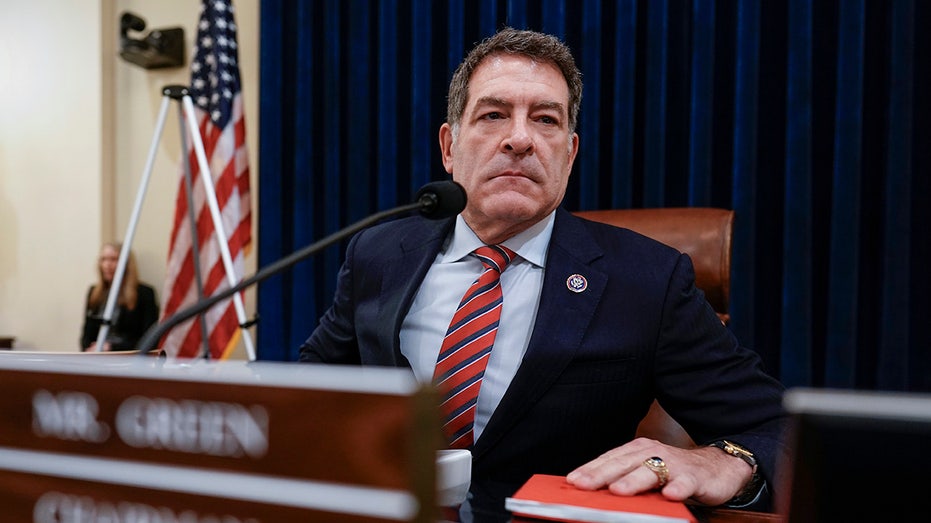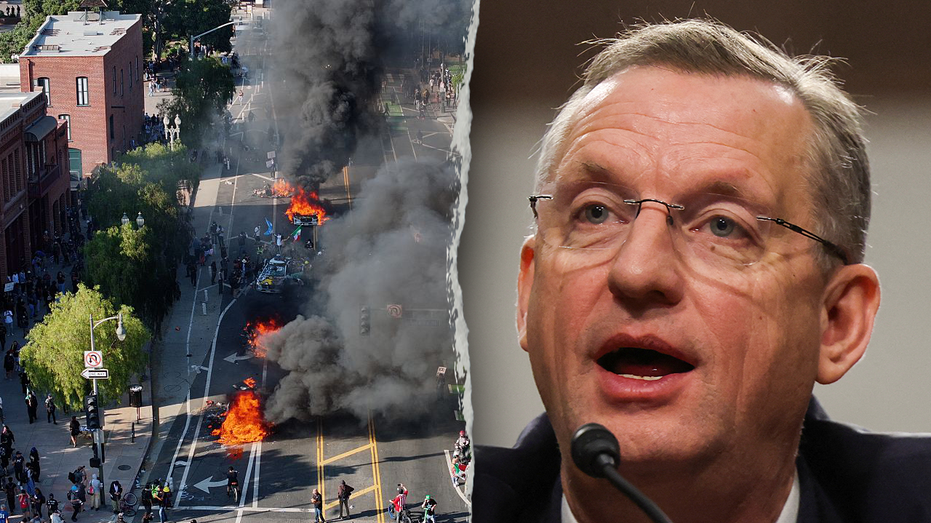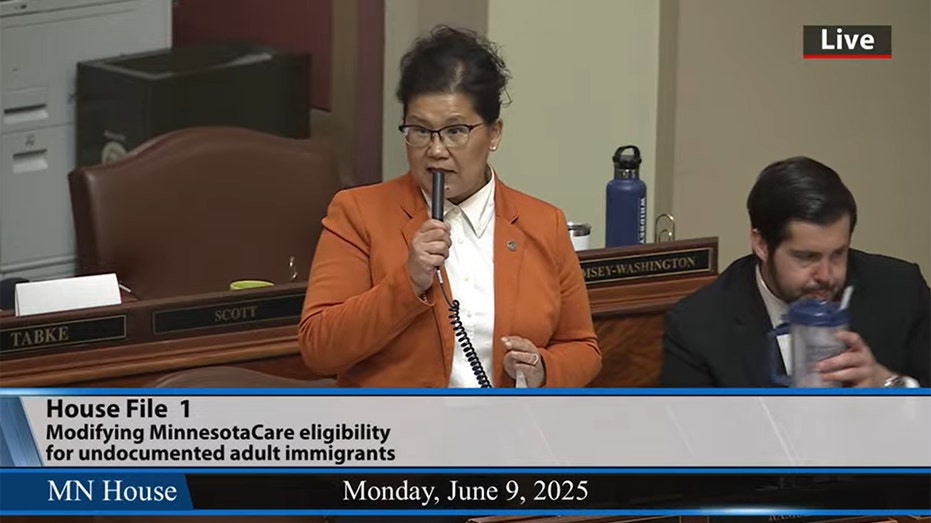Trade Experts React to Trump’s Tariffs Blocked by U.S. Trade Court: What's Next for U.S. Trade Policy?
U.S. federal court halts Trump's sweeping tariffs under emergency powers, ruling against the president's authority to impose broad import duties.


A U.S. federal court issued a significant decision on Wednesday, blocking former President Donald Trump from enacting wide-ranging tariffs on imports under an emergency-powers law. The ruling by the Court of International Trade in New York followed a series of lawsuits which contended that Trump exceeded his executive authority by imposing sweeping duties on imports, particularly targeting products from countries such as Canada, Mexico, and China.
The three-judge panel determined that the executive orders related to fentanyl-linked tariffs, alongside the "worldwide, retaliatory" tariffs announced in April, were beyond the scope of the president's powers permitted under the International Emergency Economic Powers Act (IEEPA). The panel stated emphatically that the IEEPA did not authorize the across-the-board tariffs imposed by the administration.
This ruling marks a major setback for Trump’s trade agenda and could fundamentally alter the tools available to any future U.S. president seeking to influence global trade through unilateral tariffs. For businesses, especially small and medium-sized enterprises (SMEs) in the United States, the court’s decision offers a reprieve from measures that had led to higher costs, disrupted supply chains, and growing uncertainty. Many of these businesses argue that the impact of the tariff wars has not yet been fully realized, with inventory stocks delaying the brunt of price hikes, but signs—like retailer warnings of rising prices—suggest the situation could worsen without intervention.
Still, experts note that the administration retains certain options. Under the Trade Act of 1974, temporary import taxes of up to 15 percent for a period of 150 days may still be imposed on countries with which the U.S. maintains a significant trade deficit. The Trump administration has already filed an appeal with the U.S. Court of Appeals for the Federal Circuit and is expected to request an emergency stay. If granted, this would allow existing tariffs to remain in place until the appeals process concludes.
The legal battle over tariffs is unlikely to end with this decision. Analysts expect the case to progress to the Supreme Court if necessary, as both sides appear unwilling to concede. Meanwhile, the administration might seek alternative means to achieve similar policy goals, potentially through more conventional legislative or regulatory frameworks. This suggests that the future direction of U.S. trade policy remains highly uncertain.
Crucially, the lawsuit was initiated on behalf of U.S. small business owners, amplifying the message that the economic repercussions of the tariff policy are felt acutely at the grassroots level. As legal and political pressures intensify, the broader economic losses and any resulting shifts in public opinion may carry lasting consequences for policymakers and political parties alike.
As the appeals process unfolds, the administration’s success will likely depend on whether the courts permit it to maintain the tariffs during litigation, as well as how rapidly and skillfully it can pivot to other authorized trade actions. Congress could also play an instrumental role in shaping the outcome, either by granting new authorities or by seeking to further restrain executive power in matters of international trade.
With these developments, observers across industries and governments are closely monitoring the next steps in what remains an ongoing and consequential chapter in the U.S. approach to global commerce.




